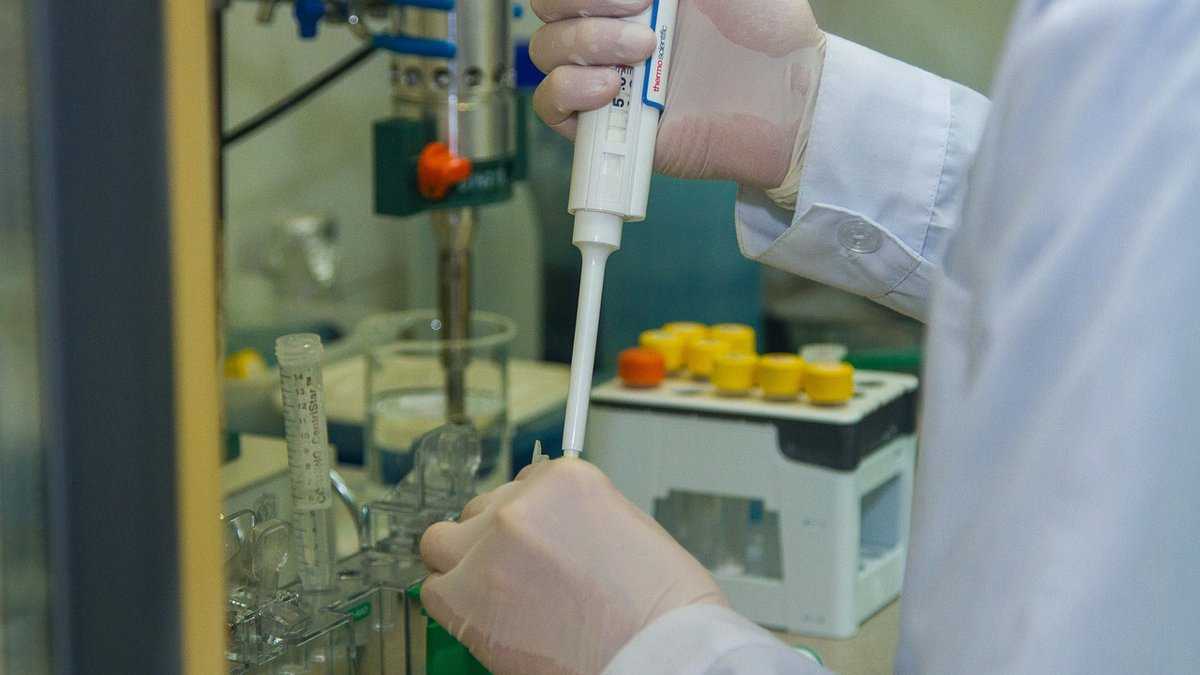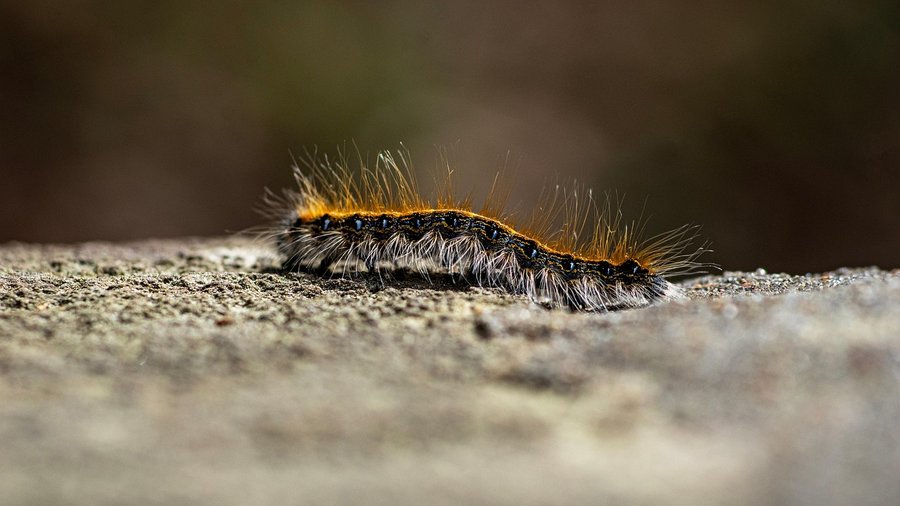Humanism
Anger, Resentment, and Silent Treatment: How to Regain Control Over Your Emotions
30 December 2025

Japanese scientists have demonstrated that extraordinary caterpillars can achieve something even advanced laboratories struggle with. Thanks to their enzymatic systems, chemical compounds are being created that classical chemistry has been unable to synthesize.
Sometimes science doesn’t need conventional equipment, but… a caterpillar. A team of chemists from the RIKEN Center for Sustainable Resource Science in Japan was looking for a new way to obtain oxygenated nanocarbon derivatives – compounds used in electronics, medicine, and modern batteries, among other applications. Their idea was to use insects in chemistry. Instead of flasks, ovens, and reactors – living larvae. It turned out that these very extraordinary caterpillars can transform molecules in a way that, in a laboratory, would require complex and inefficient synthesis.
Oxygenated nanocarbons, and indeed these extraordinary caterpillars, are excellent as components for sensors, energy storage materials, or drug carriers. But their production was incredibly difficult. At least, until now.
See also: There are things in the laboratory that philosophers have never dreamed of
Initial attempts with silkworms yielded no results. Nanocarbons proved toxic to them. That’s when one of the researchers suggested a different species: the tobacco hornworm. “It’s a voracious insect with a short life cycle. We thought it would manage,” recalls Kenichiro Itami, who led the project.
The researchers developed a special diet of cooked beans, agar, and a nanocarbon substrate. After two days, the larvae excreted the processed material.
“We collected their feces, performed an extraction, and noticed a characteristic spot – a sign of a reaction,” Itami recounts to Chemistry World.
This led to the discovery of a new molecule, MCPP-oxylene. It is an oxidation product of a classical nanocarbon. This was possible thanks to the enzymes CYPX2 and CYPX3, which, within the larva’s body, bound the molecules and introduced an oxygen atom precisely where it was needed. These extraordinary caterpillars once again performed with incredible precision, a level almost unattainable for chemists.

“Such molecules are almost impossible to obtain through traditional methods. Synthesis takes a long time, yields small quantities, and requires many steps,” says Itami.
Meanwhile, insects in chemistry do all the work within two days, without the need for high temperatures, solvents, or human control.
The precision was also a surprise. In classical reactions, oxygen often attaches randomly. Here, it happens exactly at the desired location. Such selectivity allows for the creation of entire groups of new, functional compounds, including those with biological potential.
Read more: Scientists Sound the Alarm: Oxygen-Producing Microorganisms are Vanishing
Although the process works, it has its limitations. “If someone wants to obtain a kilogram of this substance, it’s hard to imagine a production line based on thousands of larvae,” Itami admits.
Using insects in chemistry is an interesting direction, but difficult to scale. Its advantage is that the extraordinary caterpillars survive the process and can be reused, although their effectiveness decreases over time. On a laboratory scale, the method works excellently and can be used to test reactions that had previously been impossible to conduct under classical conditions.
The point isn’t to replace laboratories with extraordinary caterpillars. Rather, it’s to give scientists a new tool. Sometimes, it’s precisely through such ideas that things previously thought impossible come into being – Itami emphasizes.
In a world where scientific discoveries usually require enormous effort and resources, insects in chemistry show that it’s sometimes worth venturing off the beaten path. Perhaps it’s there, in the microscopic digestive system of these extraordinary caterpillars, that the future of chemistry lies.
Polish version: Przełomowe odkrycie Japończyków. Pomogły im w tym żarłoczne larwy
Humanism
30 December 2025



Zmień tryb na ciemny